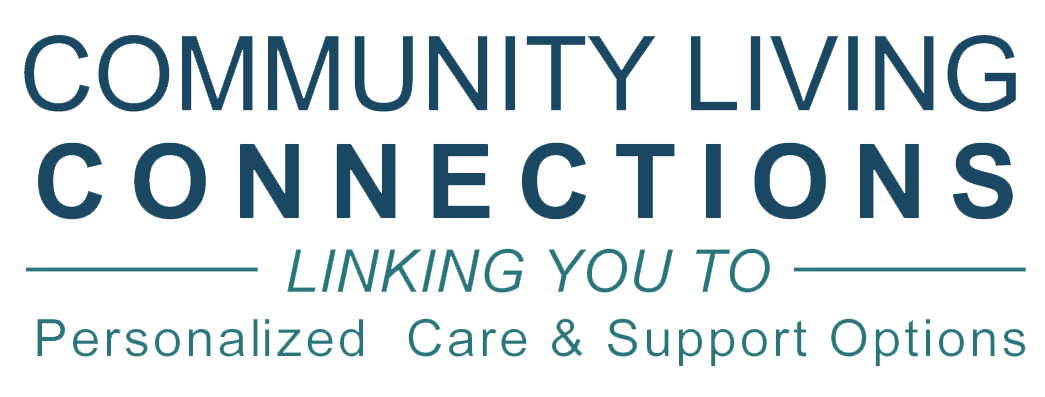1-855-567-0252
Private Pay considerations
Costs can vary greatly by where you receive care (i.e. in your home or in a residential setting) and by geographical area. In addition, costs will increase over time with inflation.
A Service Costs table is available in the Explore section of the CLC website for current average in-home care and residential settings across the state, but you might want to research actual costs. To do this, contact directly the home care agencies and desired facilities in the area you plan to live in. You can search the resource directory for in-home care agencies. For a list of residential care facilities (assisted living, adult family homes and nursing facilities), you can visit the Department of Social and Health Services’ (DSHS’) Long-Term Care Residential Options webpage.
The duration and level of care will vary from person to person and often change over time. Here are some statistics (all are “on average”) you might consider:
Personal income and savings
It can be very hard to save enough money to pay for long-term services and supports.
- Someone turning age 65 today has almost a 70% chance of needing some type of and supports in their remaining years
- Women need care longer (3.7 years) than men (2.2 years)
- One-third of today’s 65 year-olds may never need support, but 20 percent will need it for longer than 5 years
The table below shows that, overall, more people use long-term services and supports at home (and for longer) than in facilities.
Distribution and duration of long-term care services:
| Type of Care | Average number of years people use this type of care | Percent of people who use this type of care (%) |
| Any Services | 3 years | 69 |
| At Home | ||
| Unpaid care only | 1 year | 59 |
| Paid care | less than 1 year | 42 |
| Any care at home | 2 years | 65 |
| In Facilities: | ||
| Nursing Facilities | 1 year | 35 |
| Assisted Living | Less than 1 year | 13 |
| Any care in facilities | 1 year | 37 |
Washington’s Community Living Connections staff are available to help you explore your options to meet your current needs or create a plan for the future.

